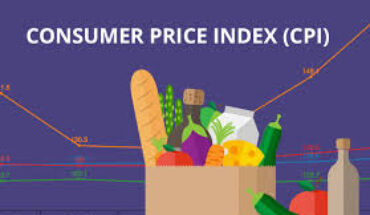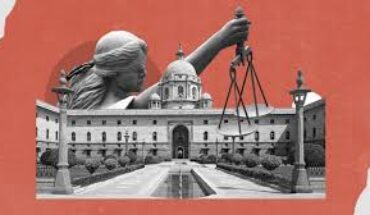India’s inflation based on the consumer price index quickened to 6.01% in January, breaching the central bank’s upper tolerance limit of 6%. While the headline number was no surprise given that the RBI had forecast the acceleration, the official data merit scrutiny. Provisional estimates show the hinterland, with its greater proportion of the country’s poor, bore the brunt of rising food prices with rural food price inflation sprinting to 5.18% from December’s 3.39%. Oils and fats quickened the fastest at 18.7%. Though the RBI had been expected to start normalising its pandemic-era policy stance in February’s monetary policy meeting and reaffirm its resolve to contain inflation, the central bank retained the status quo in order to support economic growth. Governor Shaktikanta Das has defended the RBI’s projection for inflation to slow to 4.5% in FY23 by citing the base effect as the cause for higher headline inflation this fiscal, and predicted that a similar base effect would help enable a downtrend in the coming months. The RBI’s assumptions, however, could unravel if storm clouds on the horizon intensify. January’s inflation in transport and communications, which reflects retail fuel prices, slowed a mite from December but was still at 9.36%. Pump prices have stayed static for a while, a likely effect of the poll season. The Centre may soon have to allow oil marketers to pass on the global price increase to consumers, which could spur inflation further, or cut excise duties, resulting in lower revenue for the exchequer. Add to this mix, the uneven economic recovery from the pandemic and the outlook gets even more cloudy. With Governor Das asserting that price stability remains the prime focus, the RBI must be ready to rapidly recalibrate its inflation projections and shift policy stance to match its mandate, or risk hurting its credibility.
RBI must shift policy stance to tame inflation
|
February 19, 2022 |





